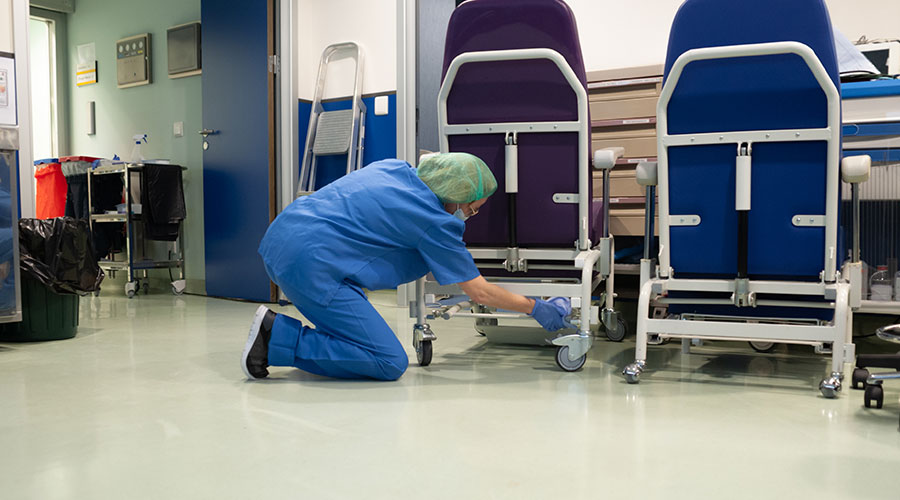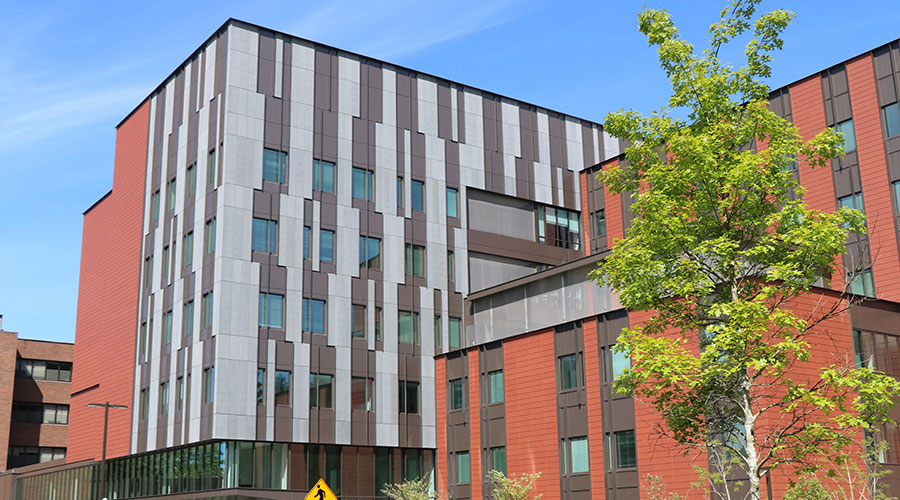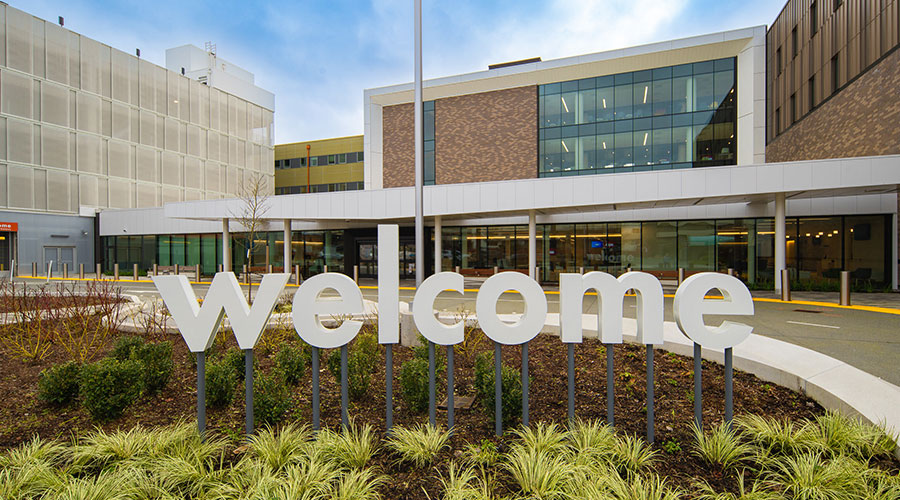Reducing MRI noise and vibration
Reducing the noise transmission to nearby spaces requires attention to airborne and structure-borne transmission paths, according to a blog on the Healthcare Design website
Reducing the noise and vibration of magnetic resonance imaging (MRI) to nearby spaces requires attention to airborne and structure-borne transmission paths, according to a blog on the Healthcare Design website. Isolation can be achieved by using two layers of gypsum board on the room side of the shielding wall and using two layers of gypsum board on the top of the shielding ceiling framing, the article said.
Read the article.
August 31, 2015
Recent Posts
Why is there no binding standard for the acceptable microbial load on surfaces or in the air in hospitals?
The vision for the site will include an outpatient diagnostic center and possible future expansion.
Case study: Engineered for strength, quiet and daylight, the chosen windows help create a safe, calming and energy-efficient environment for patients and providers.
The organization identified unusual activity within their computer software, prompting them to secure and shut off all IT systems.
The facility offers primary care and pediatric care and has specialty care departments.

 Seeking Standards for Microbial Loads in Healthcare Facilities
Seeking Standards for Microbial Loads in Healthcare Facilities UCR Health Unveils Plans for Major Expansion
UCR Health Unveils Plans for Major Expansion High-Performance Windows Support Safety at UW Medicine's New Behavioral Health Center
High-Performance Windows Support Safety at UW Medicine's New Behavioral Health Center Central Maine Healthcare Dealing with IT System Outage
Central Maine Healthcare Dealing with IT System Outage Kaiser Permanente Opens Newly Expanded Everett Medical Center
Kaiser Permanente Opens Newly Expanded Everett Medical Center